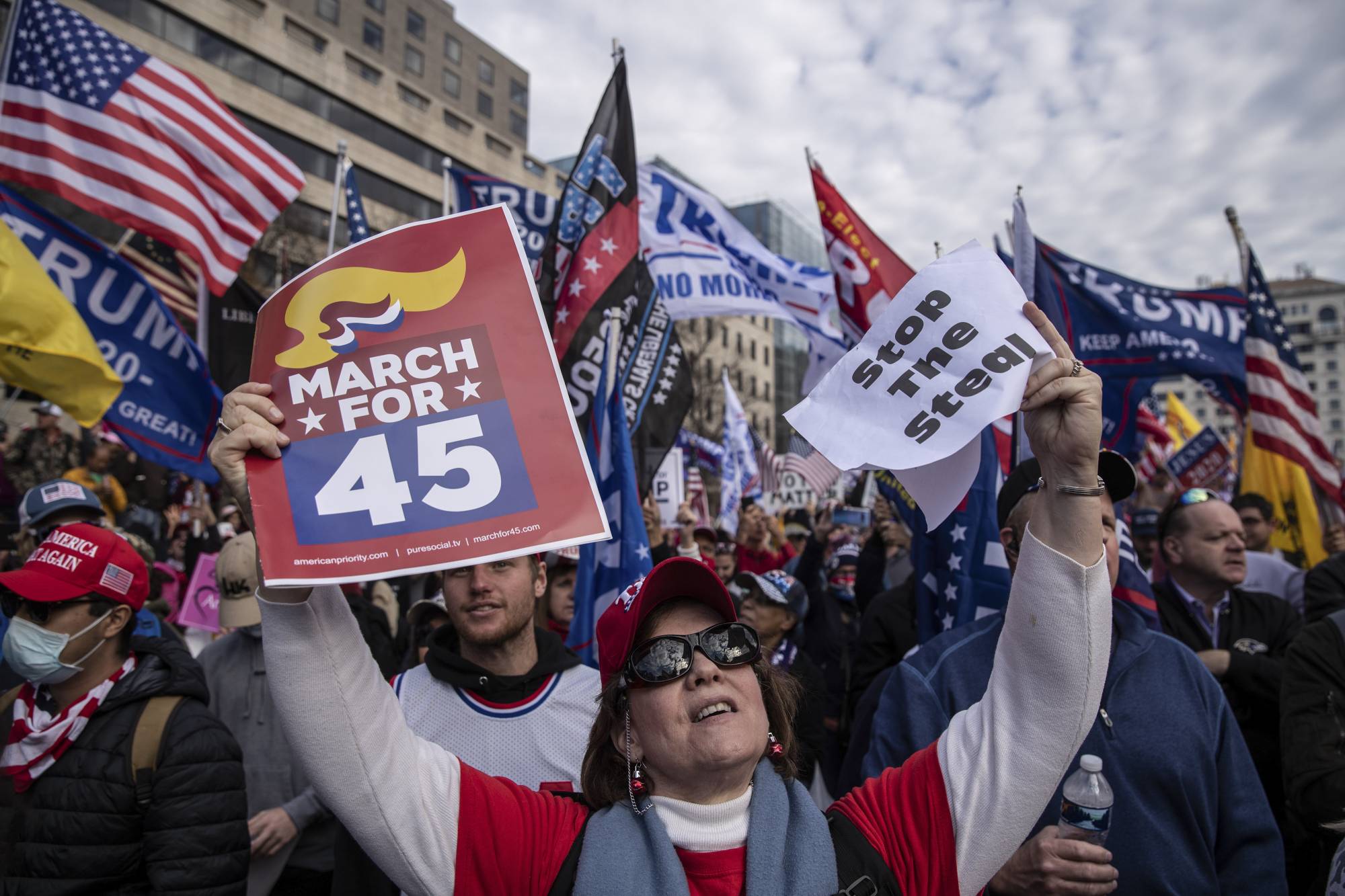Butler, Pennsylvania, is a small steel mill town north of Pittsburgh, with a population of 13,000 people. Donald Trump is popular there. One of its citizens, Nadine Schoor, 63, expressed her feelings about the president to The New York Times. “I look at President Trump,” she said, “and we’re the family – the country’s the family. ... And he’s the parent. He’s got a lot of tough love, and he doesn’t care what anyone thinks to get something done that he knows is right.”
Pollsters, Democrats and liberals in general once again underestimated the enthusiasm and numerical strength of Trump supporters such as Schoor. While Joe Biden squeaked through to victory, there are millions of people who feel — and voted — the same way: Trump is “one of us,” a father and a savior.
The underestimation of such voters, and the complacent belief that a Biden landslide was almost a foregone conclusion, revealed the widening gulf between urban, educated, more or less progressive America and rural and working-class America. Like other progressive parties in the Western world, the Democratic Party once represented the interests of the working class — the white working class above all, but often workers of color, too. Republicans represented the interests of big business and the wealthier classes.


















With your current subscription plan you can comment on stories. However, before writing your first comment, please create a display name in the Profile section of your subscriber account page.